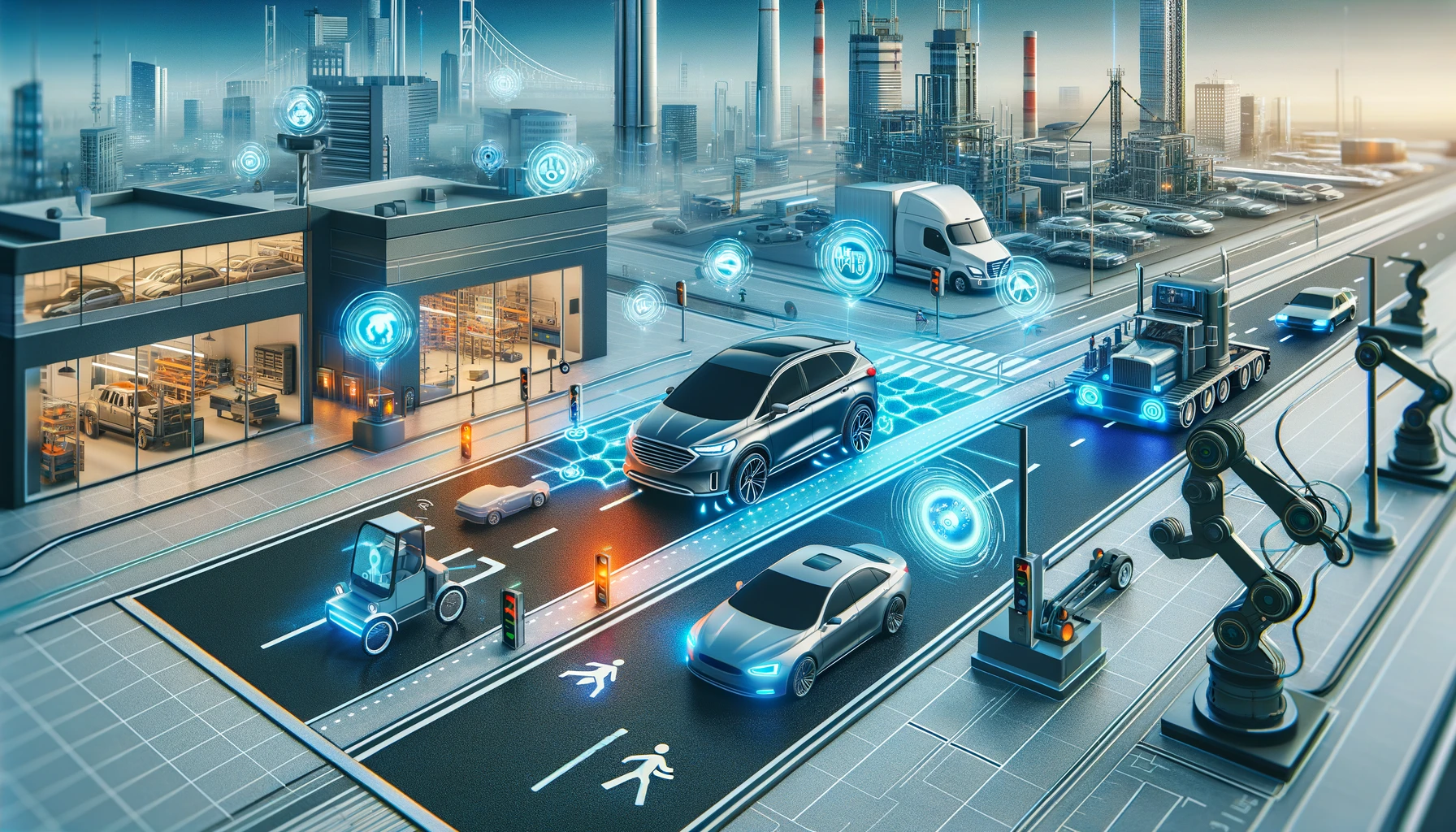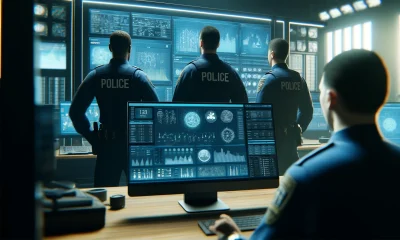Thought Leaders
6 Ways Computer Vision is Re-envisioning the Future of Driving

Today’s cars are like supercomputers on wheels – smarter, safer, faster, and more personalized thanks to technological advances.
One transformative innovation steering this revolution is computer vision – AI-driven technology that enables machines to “understand” and react to visual information. Vehicles can now identify the specific attributes of objects, text, movement, and more – critically important for an industry in pursuit of self-driving vehicles.
Here are 6 ways computer vision is driving cars into the future.
Driver Assistance & Behavior Analysis
Advanced Driver Assistance Systems (ADAS) – a computer vision-powered “third eye” that alerts drivers to potential dangers or hazards – are already a feature of most new cars on the road today.
Using cameras placed throughout the body of a vehicle, ADAS continually monitors a car’s surroundings, alerting drivers to hazards they might otherwise miss. This enables features such as lane departure warnings, blind spot detection, collision avoidance, pedestrian detection, and even parking assistance.
These cameras can also monitor the in-car environment, detecting if drivers are distracted, drowsy, have their hands off the wheel, or are checking their phones. If such systems register risky behavior, they can alert the driver, recommend pulling over for coffee or a nap, or even take control of the car to prevent an accident.
ADAS technologies could save about 20,841 lives each year, preventing around 62% of all traffic-related deaths. With their promise of safer roads, the global market for ADAS is set to increase to $63 billion by 2030, up from $30 billion this year.
Autonomous Driving
Autonomous driving is the dream fuelling automotive innovation today – and computer vision is a critical flagstone on the path to fully self-driving vehicles.
By 2030, an estimated 12% of new passenger cars will have L3+ autonomous technologies, which allow vehicles to handle most driving tasks. 5 years after that, 37% percent of cars will have advanced autonomous driving technologies.
Computer vision technologies empower autonomous vehicles to mimic the human ability to perceive and interpret visual information and respond as safely as possible. Computer vision systems enable AV capabilities by analyzing the road in real-time while identifying and reacting to visual data such as pedestrians, vehicles, traffic signs, and lane markings. Paired with machine learning algorithms which enable the system to continuously improve its recognition capabilities through experience and exposure to the data it is constantly accumulating, computer vision allows for better decision-making in complex driving scenarios.
Automated Assembly and Quality Control:
Even before cars hit the road, the integration of computer vision in automotive assembly lines has significantly enhanced quality control processes.
Computer vision can automatically and accurately inspect every part of the car at every stage, from paintwork to screws to electronics to welding. Companies like BMW have already infused computer vision into their manufacturing process to great effect.
By using computer vision to inspect vehicles during assembly, manufacturers ensure that everything meets the highest standards, significantly increasing speed and safety and cutting down on scrapped vehicles, dangerous flaws, and expensive recalls.
Vehicle Inspection and Maintenance
Traditional manual vehicle inspections tend to be time-consuming and prone to human error. Computer vision can automate the inspection process – scanning vehicles with new precision, granularity, and efficiency to accurately identify any issues that need fixing like tire conditions, dents, scratches, and damaged or worn-out parts.
This benefits not only drivers and repair shops, but dealerships and fleet management operations as well.
By automating inspection and maintenance processes, dealerships can ensure that every vehicle meets quality standards before reaching customers, assuring buyers that they aren’t being taken for a ride. Additionally, regular maintenance and inspections are also essential to keeping commercial fleets operational and minimizing downtime.
Smart Cities and Traffic Management
Efficient traffic management is crucial for ensuring smooth transportation flow and keeping cities safer and cleaner. Computer vision systems can empower smart cities to optimize their traffic management, minimizing congestion, and reducing commute times, accidents, and pollution.
Computer vision sensors collect vast amounts of real-time data on the volume, flow, and direction of traffic in any given area, which is used to optimize traffic lights, among other things. Unlike traditional fixed-time traffic lights, dynamic traffic light optimization adjusts signals in real-time based on current traffic conditions, ensuring a much smoother flow on the roads.
License Plate Recognition
Many drivers don’t realize that they already encounter computer vision whenever they drive through an automated toll booth.
These systems can instantaneously read a car’s license plate number, even at high speeds, enabling automatic toll collection, as well as parking lot management and traffic regulation. It can also be used for security and enforcement – for example, tracking the license plate of a stolen car, enforcing traffic rules by putting out alerts on reckless drivers, or automatically ticketing speeders, keeping roads safer and helping drivers to be more cautious.
Eyes on the Prize
Computer vision is already making cars safer, more efficient, and smarter. From enhancing safety and improving manufacturing, to optimizing traffic flow and paving the road towards autonomous driving, this technology is putting the way we move into overdrive.
The continued evolution of computer vision brings us closer to a future where driving is better in every sense. Drivers and manufacturers alike should be eager to see what awaits from this dazzling technology not so far down the road.














